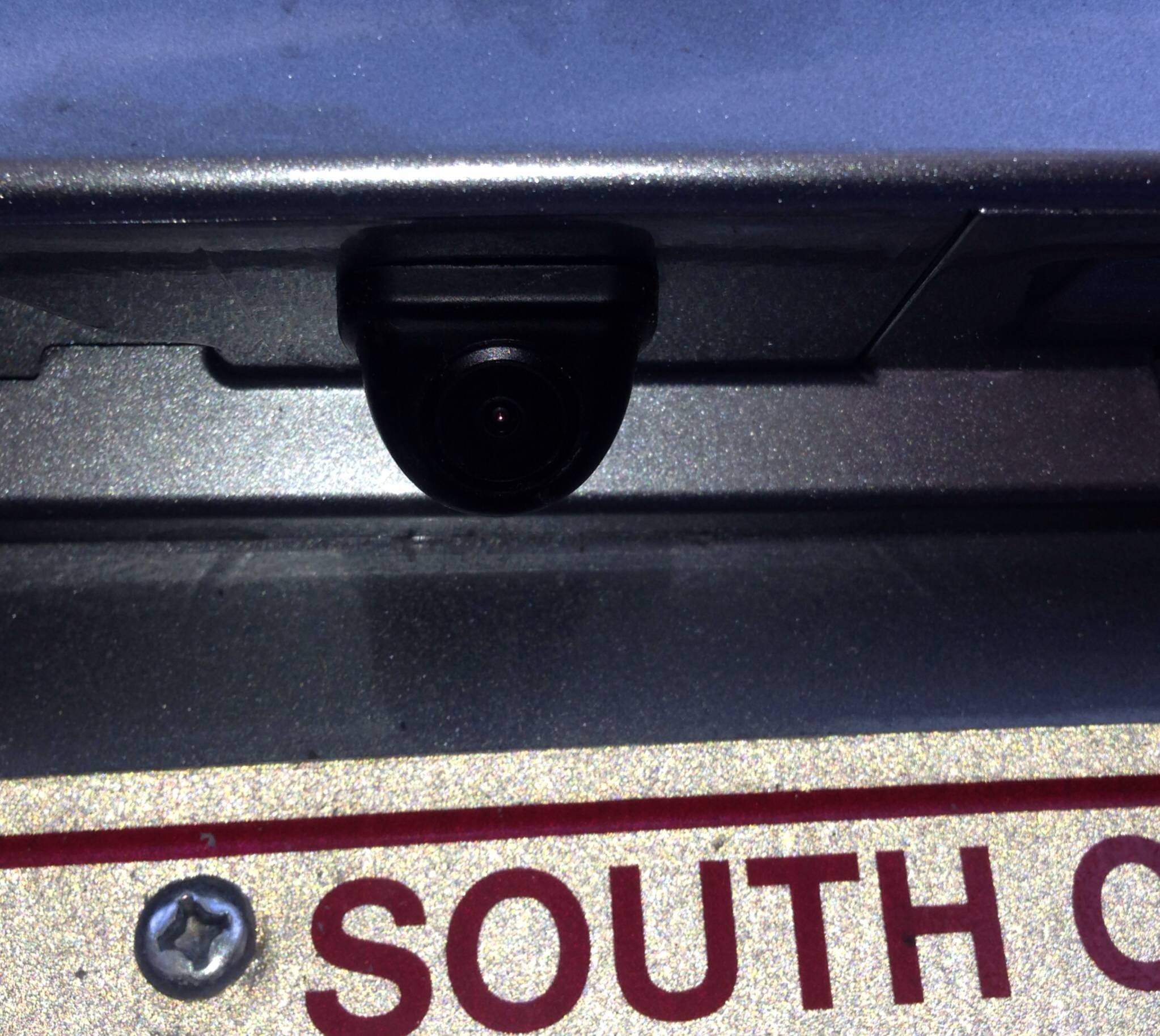Hi Tibimakai,
I have this camera and it works great. The daytime view is VERY crystal clear. Since there are no inferred LED, and just the back up lights at night, the image is a bit grainy, but EASILY identifiable. I don't know if the camera is CCD or CMOS because the instructions don't say, but from what I read below on the internet I think it is a CMOS. Here is what I read:
In a CCD device, the charge is actually transported across the chip and read at one corner of the array. An analog-to-digital converter turns each pixel's value into a digital value. In most CMOS devices, there are several transistors at each pixel that amplify and move the charge using more traditional wires. The CMOS approach is more flexible because each pixel can be read individually.
CCDs use a special manufacturing process to create the ability to transport charge across the chip without distortion. This process leads to very high-quality sensors in terms of fidelity and light sensitivity. CMOS chips, on the other hand, use traditional manufacturing processes to create the chip -- the same processes used to make most microprocessors. Because of the manufacturing differences, there have been some noticeable differences between CCD and CMOS sensors.
CCD sensors, as mentioned above, create high-quality, low-noise images. CMOS sensors, traditionally, are more susceptible to noise.
Because each pixel on a CMOS sensor has several transistors located next to it, the light sensitivity of a CMOS chip tends to be lower. Many of the photons hitting the chip hit the transistors instead of the photodiode.
CMOS traditionally consumes little power. Implementing a sensor in CMOS yields a low-power sensor.
CCDs use a process that consumes lots of power. CCDs consume as much as 100 times more power than an equivalent CMOS sensor.
CMOS chips can be fabricated on just about any standard silicon production line, so they tend to be extremely inexpensive compared to CCD sensors.
CCD sensors have been mass produced for a longer period of time, so they are more mature. They tend to have higher quality and more pixels.
Based on these differences, you can see that CCDs tend to be used in cameras that focus on high-quality images with lots of pixels and excellent light sensitivity. CMOS sensors traditionally have lower quality, lower resolution and lower sensitivity. CMOS sensors are just now improving to the point where they reach near parity with CCD devices in some applications. CMOS cameras are usually less expensive and have great battery life.
This camera is CCD or CMOS type camera?




